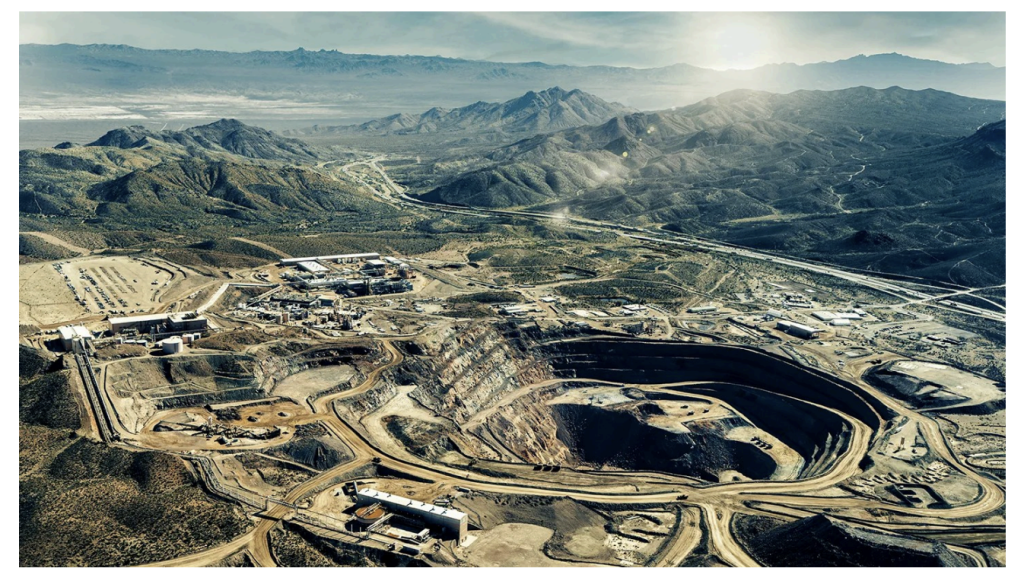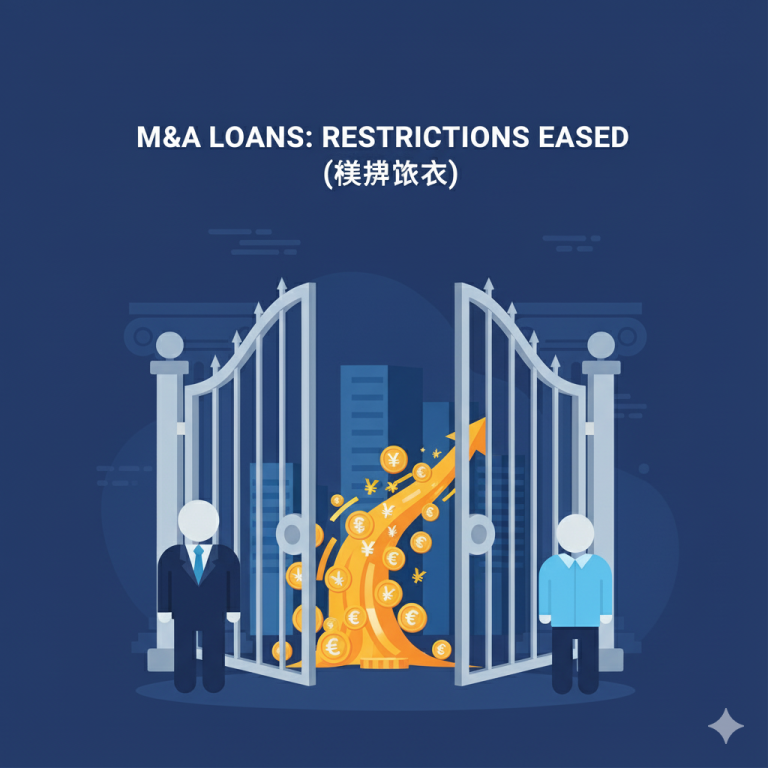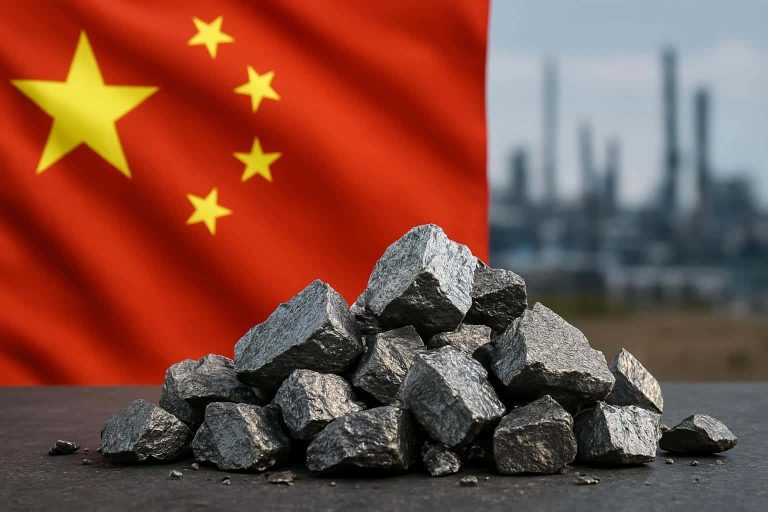China Expands Rare Earth Export Controls with Extraterritorial 50% Rule, Reshaping Global Supply Chains

Introduction: A New Chapter in Strategic Resource Governance
On October 9, 2025, China’s Ministry of Commerce (MOFCOM) announced a
significant expansion of its export control regime for rare earth elements,
introducing an extraterritorial “50% Rule” that is set to reshape global technology
and defense supply chains. These new measures, which took partial effect
immediately, represent a new chapter in China’s governance of strategic resources
and have profound implications for international businesses that rely on these
critical materials.
The updated controls, detailed in a series of MOFCOM notifications, for the first time
extend China’s export licensing requirements to transactions occurring entirely
outside of its borders. This assertion of extraterritorial jurisdiction, combined with a
new rule targeting affiliates of sanctioned entities, signals Beijing’s intent to exert
greater control over the global flow of rare earths. This article examines the key
provisions of the new export control measures, analyzes their strategic implications,
and offers guidance for law firms advising clients in the technology, defense, and
manufacturing sectors.
The Extraterritorial 50% Rule: A Paradigm Shift in Export Controls
The centerpiece of the new measures is the introduction of an “Affiliates Rule,” or
“50% Rule,” which extends export restrictions to entities that are 50% or more
owned by companies on China’s export control entity list or watch list. This means
that even if a subsidiary or affiliate is not explicitly listed, it will be subject to the
same export licensing requirements and presumptive denial of applications as its
parent company.
More significantly, MOFCOM has for the first time exercised the extraterritorial
jurisdiction granted under its 2020 Export Control Law. The new rules require
foreign entities to obtain a Chinese export license when exporting certain controlled
rare earth products from one foreign country to another. This applies to:
Products containing Chinese rare earths: Rare earth permanent magnet
materials produced outside of China that contain any of 13 specified critical
rare earth elements originating from China, where the value of these elements
exceeds 0.1% of the total value.
Products made with Chinese technology: Specified critical rare earth
elements produced using Chinese-controlled rare earth technologies.
Re-export of Chinese rare earths: Specified critical rare earth elements
originating in China that are being re-exported from a third country.
Expanded Scope of Controlled Items
The new regulations also expand the list of controlled items to include not only a
wider range of rare earth elements and alloys but also the technologies and
equipment used in their processing and manufacturing. The 13 specified critical
rare earth elements include key materials used in high-performance magnets,
advanced electronics, and defense applications, such as samarium, dysprosium,
terbium, and gadolinium.
By controlling the export of processing technologies, China is moving beyond
simply restricting the supply of raw materials to controlling the entire value chain.
This will make it more difficult for other countries to develop their own domestic
rare earth processing capabilities and will increase their reliance on Chinese
technology and expertise.
Strategic Implications for International Businesses
The new export control measures have far-reaching strategic implications for
international businesses, particularly those in the following sectors:
Technology and Electronics: Companies that manufacture smartphones,
electric vehicles, and other high-tech products will face increased uncertainty
and potential disruptions to their supply chains. The cost of rare earth
components is likely to rise, and companies may need to redesign their
products to reduce their reliance on controlled materials.
Defense and Aerospace: The defense industry is heavily reliant on rare earths
for a wide range of applications, including guidance systems, radar, and
electronic warfare systems. The new controls will make it more difficult and
expensive for defense contractors to source these critical materials,
potentially impacting their ability to meet production targets and maintain a
technological edge.
Manufacturing and Green Energy: The transition to a green economy is
dependent on a stable supply of rare earths for wind turbines, solar panels,
and other renewable energy technologies. The new controls could slow the
pace of the energy transition and increase the cost of clean energy
technologies.
Guidance for Law Firms and Their Clients
In light of these new measures, law firms should advise their clients to take the
following steps to mitigate their risks:
Conduct a Supply Chain Audit: Companies should immediately conduct a
thorough audit of their supply chains to identify any dependencies on Chinese
rare earths or technologies. This audit should extend to second and third-tier
suppliers to fully understand the extent of their exposure.
Diversify Sourcing and Explore Alternatives: Companies should actively
seek to diversify their sourcing of rare earths, exploring opportunities to
source from other countries and to develop alternative materials and
technologies that are not subject to Chinese export controls.
Enhance Compliance Programs: Companies must update their export
compliance programs to account for the new extraterritorial 50% Rule. This
includes implementing procedures for screening customers and end-users
against China’s entity lists and for obtaining Chinese export licenses when
required.
Engage with Government and Industry Partners: Companies should engage
with their respective governments and industry associations to advocate for
policies that support the development of domestic rare earth supply chains
and to promote international cooperation on critical minerals security.
Conclusion: Navigating a New Era of Geopolitical Risk
China’s new rare earth export controls mark a significant escalation in the use of
economic tools to achieve geopolitical objectives. For international businesses, this
new era of geopolitical risk requires a fundamental rethinking of supply chain
strategies and a proactive approach to compliance. By taking the steps outlined
above, companies can mitigate their risks and build more resilient and secure
supply chains for the future.


